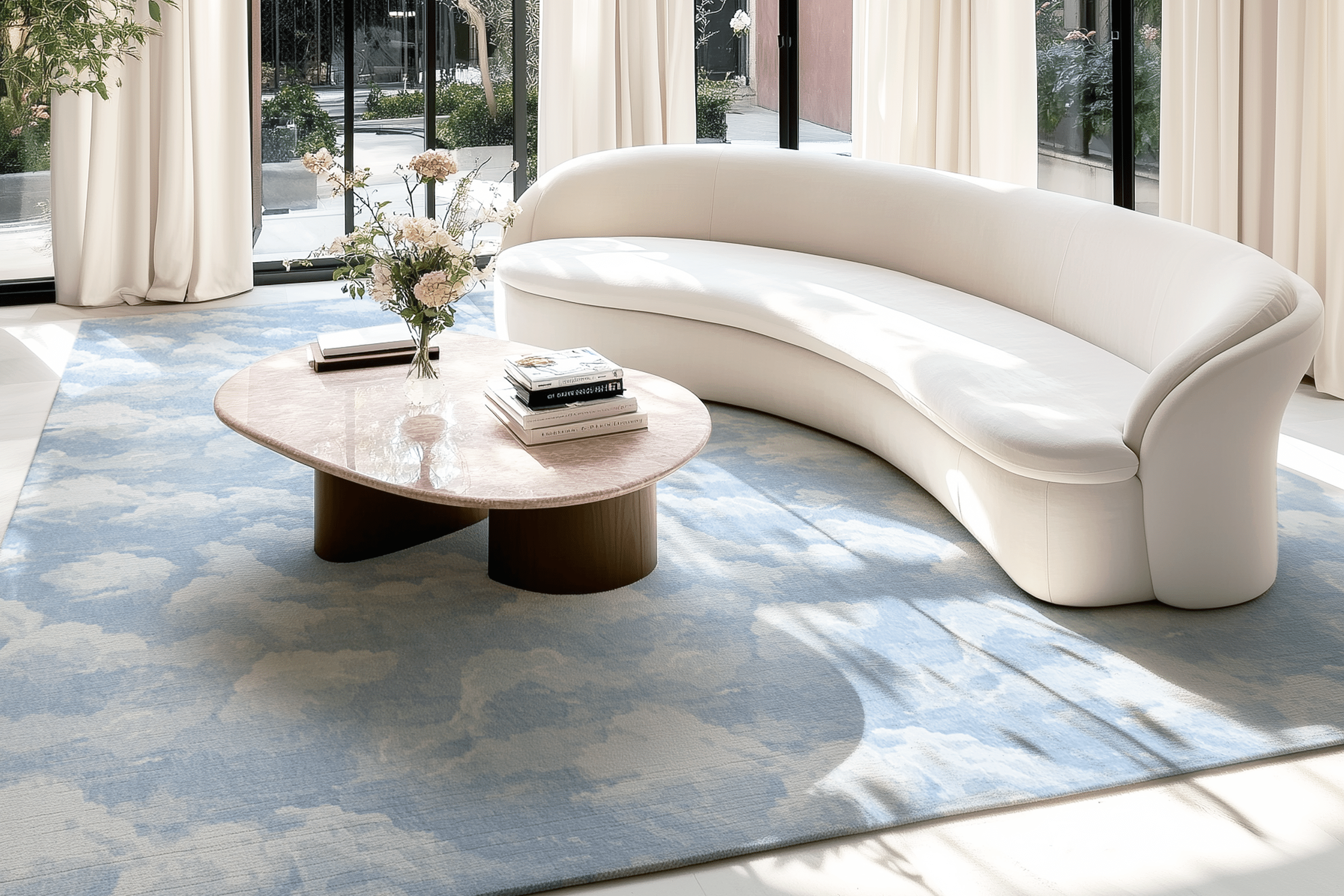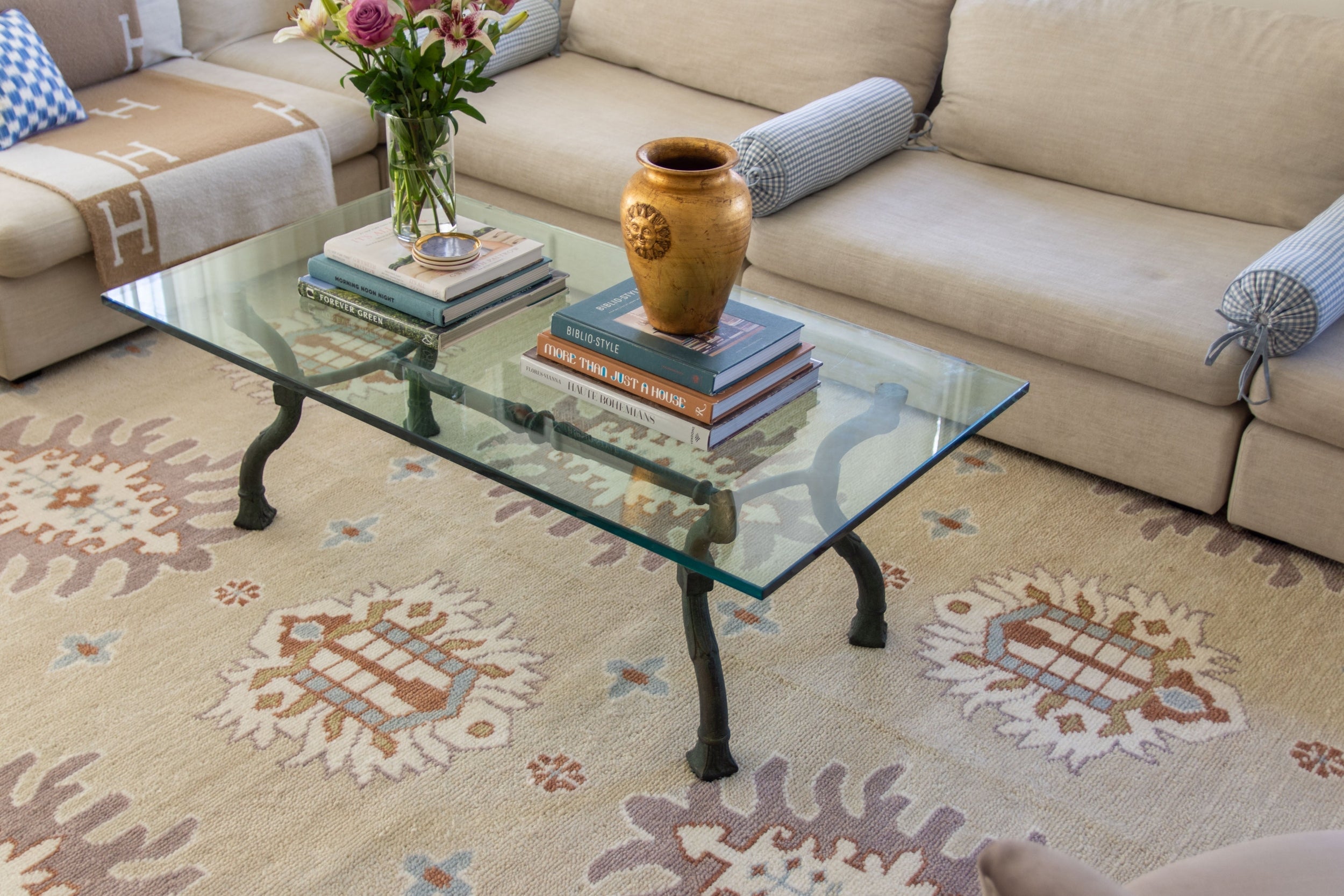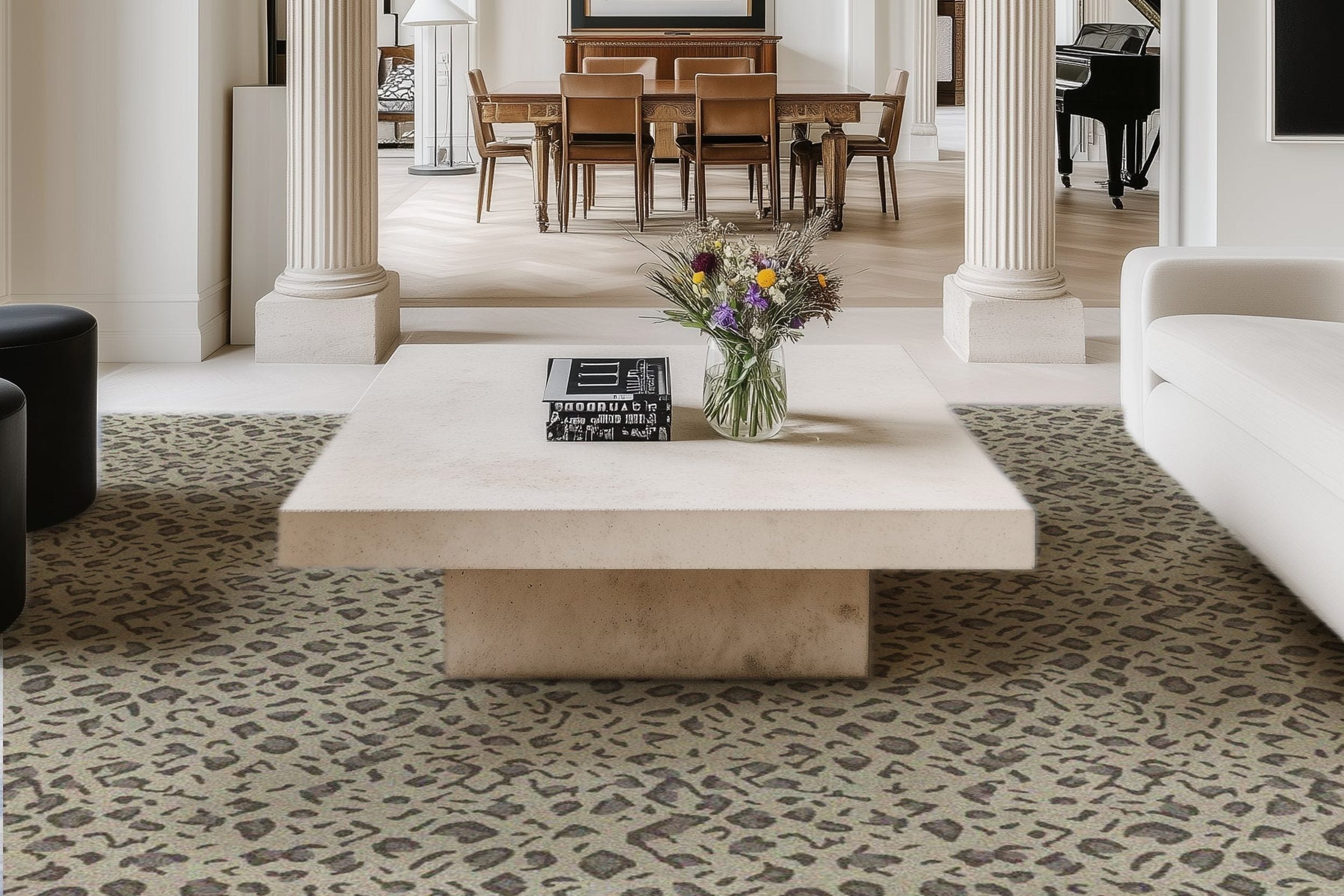Breathe New Life Into Your Home With These Summer Renewal Projects

Summer brings longer days, warmer weather, and the perfect opportunity to tackle those home renewal projects you've been dreaming about all winter. There's something about sunshine streaming through the windows that makes us want to refresh our living spaces.
Ready to roll up your sleeves and transform your home? Here are some fantastic projects that balance impact with practicality, giving your space that renewed feeling without requiring a second mortgage.
Make Your Tired Wood Floors Shine Again
Nothing ages a beautiful home quite like scratched, dull hardwood floors. You walk across them every day, but when was the last time you actually looked at them? Really looked at them?
Most homeowners don't realize they can completely transform their space by bringing those tired floors back to life. And thanks to modern technology, you don't need to move out or live with wood dust coating every surface in your home for weeks.
Dustless floor refinishing has revolutionized how we approach wood floor renewal. Unlike traditional sanding methods that leave you finding fine wood dust in strange places months later, this process captures up to 98% of the dust through specialized vacuum systems.
The process typically takes 2-3 days depending on square footage, but the results are absolutely worth it. Walking barefoot across newly refinished floors feels downright luxurious. Plus, you get to choose whether to keep the same color or go darker or lighter with the stain.
Cost varies by location, but expect to pay between $3-5 per square foot for professional dustless floor refinishing. Considering new hardwood installation runs $8-15 per square foot, refinishing delivers tremendous value while preserving original materials.
The best part? No need to replace all your furniture. Most professionals can work around larger pieces by doing the project in sections. And with minimal dust, your belongings won't need extensive cleaning afterward.
Create An Outdoor Living Room That People Actually Use
How many times have you bought outdoor furniture with grand visions of evening gatherings, only to have it sit empty most of the season? The secret to outdoor spaces that get used regularly comes down to comfort and convenience.
Start by honestly assessing why you don't use your current setup. Too hot? Add shade with a pergola or retractable awning. Too buggy? Consider a screened section or strategically placed fans (mosquitoes hate moving air). Too disconnected? Run an outdoor extension cord for music, charging phones, or even a small refrigerator.
The most used outdoor spaces include:
-
Some form of weather protection
-
Comfortable seating with washable covers
-
Adequate lighting for evening use
-
A hard surface for setting drinks and plates
-
Easy access to the kitchen or bathroom
Focus on making the space truly functional rather than just photogenic. Weather-resistant storage cabinets keep throws and pillows dry, while solar-powered light strings create ambiance without requiring an electrician.
For maximum usage, position your outdoor living area where you can see it from inside. Visibility creates a mental connection that pulls you outside more often.
Transform Your Bathroom Without Demolition
Bathroom renovations typically cost $10,000+ and involve weeks of disruption. But you can dramatically change this space for a fraction of that price through strategic updates.
If your bathroom layout works but looks dated, consider:
-
Reglazing the existing tub and tile rather than replacing them
-
Updating just the vanity top and faucet
-
Replacing the toilet seat and lid rather than the entire toilet
-
Adding frame molding around a plain mirror instead of buying new
-
Painting dated tile floors with specialized epoxy coating
The visual transformation can be stunning, especially when you add new towels, rugs, and accessories in coordinating colors.
Take inspiration from boutique hotels that create distinctive bathrooms through texture and accessories rather than expensive materials. Natural elements like wooden bath mats, stone soap dishes, or live plants add warmth to what might otherwise feel sterile.
Convert Wasted Space Into Something Useful
Most homes have awkward spaces that serve no real purpose. That odd nook under the stairs, the half wall at the end of the hallway, or the corner of your bedroom that collects random stuff.
Summer provides the perfect opportunity to reclaim these spaces with mini-conversion projects. The key is matching the right function to the available space.
That weird alcove might become:
-
A compact home office with a floating desk and wall-mounted monitor
-
A reading nook with built-in seating and integrated lighting
-
A specialized storage zone for sports equipment or hobby materials
-
A charging station for family devices with hidden cord management
The transformation doesn't require much square footage to make a big impact. Often these small spaces become the most beloved features of the home because they're designed with specific needs in mind.
Work with the quirks rather than fighting them. Sloped ceilings become cozy reading spaces. Awkward angles accommodate built-in shelving. That random pillar becomes a display pedestal for something special.
Reimagine Your Lighting Beyond Basic Fixtures
Lighting might be the most underappreciated element in home design. People spend thousands on furniture but keep the builder-grade light fixtures that came with the house.
Yet changing how light works in your space affects everything from mood to functionality to perceived room size. The good news? You can dramatically improve lighting without major electrical work.
Start by mapping when natural light enters different rooms and how it changes throughout the day. Then identify dark zones that need help even during daylight hours.
Layering different light sources creates the most inviting spaces:
-
Ambient lighting provides overall illumination
-
Task lighting helps with specific activities
-
Accent lighting highlights architectural features or art
-
Decorative lighting adds visual interest through the fixtures themselves
Even renters can transform lighting with plug-in wall sconces, clamp lights for dark corners, or battery-operated lighting in cabinets and closets.
Smart bulbs offer the ultimate flexibility, allowing you to change brightness and color temperature throughout the day without replacing fixtures. Program warm light for mornings and evenings, with brighter, cooler light during productive hours.
Refresh Your Kitchen Without Renovation
Kitchen renovations cost more and take longer than most homeowners expect. But you can dramatically update this space without demolition through smart surface changes.
Cabinet painting remains one of the highest-impact changes relative to cost. Modern cabinet paint formulations resist chipping and clean easily when properly applied. Switching from dated wood tones to crisp white, soft gray, or even deep navy transforms the room's entire feeling.
Don't overlook smaller updates with big visual impacts:
-
New cabinet hardware in contemporary finishes
-
Peel-and-stick backsplash tiles (far better quality than they were a few years ago)
-
Replacing just the kitchen faucet with a more modern design
-
Adding under-cabinet lighting with adhesive LED strips
-
Updating just the countertops while keeping existing cabinets
People often fixate on major changes when smaller adjustments would satisfy their desire for something new. Ask yourself what specifically bothers you about the current kitchen, then target those elements directly.
Bring Nature Inside In Meaningful Ways
Houseplants enjoyed huge popularity recently, but truly integrating nature goes beyond placing potted plants on windowsills. This summer, consider how to bring natural elements into your daily experience in more immersive ways.
Living walls have become more accessible through modular systems that handle watering and drainage. Even a small installation creates a focal point that changes subtly as plants grow and respond to their environment.
Natural materials add warmth through texture and variation. Consider:
-
Replacing synthetic rugs with jute, sisal, or wool
-
Adding wooden elements through furniture, frames, or decorative objects
-
Incorporating stone through vessels, coasters, or small sculptural pieces
-
Using authentic clay pottery rather than plastic imitations
The Japanese concept of "biophilic design" suggests humans have an innate connection to nature that modern homes often lack. Reestablishing this connection through materials, views, natural light, and living elements creates spaces that feel instinctively right.
Final Thoughts: Start With What Bothers You Most
The most successful home renewal projects address specific pain points rather than following design trends. What aspect of your current space consistently annoys or disappoints you? Start there.
Maybe it's the entryway that never feels organized, the dining room that's used twice a year, or the guest bedroom that's become a glorified storage closet. Identifying these trouble spots helps prioritize where your effort will create the most satisfaction.
And remember—renewal projects should make you love your home more, not just increase its theoretical value. The true measure of success isn't what some future buyer might pay, but how you feel walking through your front door every day.
This summer, give yourself permission to create spaces that genuinely support how you live now, not how someone else thinks you should live. Your future self will thank you every time you run your toes across those beautifully refinished floors or enjoy a quiet evening in the outdoor space you finally made comfortable enough to actually use.
Browse by Category

Design Projects
Explore interiors from client work and personal renovations — layered, livable, and always in progress.
read more →
Collaborations
From product launches to styled spaces, discover the brand stories I’ve helped bring to life.
read more →
The Notebook
A growing archive of iconic designers, inspiring artists, and unforgettable design moments.
read more →
Travel by Design
Wander with a designer’s eye — from charming hotels and city guides to visual inspiration abroad.
read more →




